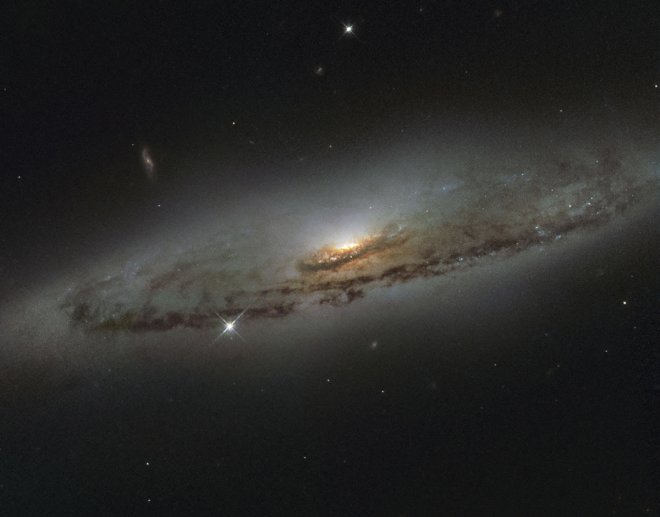
This New Year has been extremely exciting for astronomy enthusiasts and has given some interesting facts to look upon. And here again, the National Aeronautics and Space Administration (Nasa) revealed an eye-opening discovery with two gas-enshrouded supermassive black holes that are located at the centers of nearby galaxies.
Black holes and their behavior have always been enigmatic for scientists to decipher. These gravity pulling black holes are known to exist in distant galaxies in abundance in the universe.
According to the scientists, monster black holes are sometimes seen lurking behind gas and dust, hiding from the gaze of most telescopes. The recent elusive black holes were discovered by NASA's NuSTAR (Nuclear Spectroscopic Telescope Array). NuSTAR mission detected the high-energy X-rays that were emitted by the black holes. The American space agency identified the two black holes namely NGC 1448 and IC 3639.
"These black holes are relatively close to the Milky Way, but they have remained hidden from us until now," Ady Annuar, a graduate student at Durham University in the United Kingdom said. "They're like monsters hiding under your bed," Nasa reported.
Nasa explained that these black holes are the central engines of what astronomers call "active galactic nuclei," a class of extremely bright objects that includes quasars and blazars. When they are examined with telescopes, they appear to be very different depending on how these galactic nuclei are oriented and what sort of material surrounds them.
"Just as we can't see the sun on a cloudy day, we can't directly see how bright these active galactic nuclei really are because of all of the gas and dust surrounding the central engine," said Peter Boorman, a graduate student at the University of Southampton in the UK.









